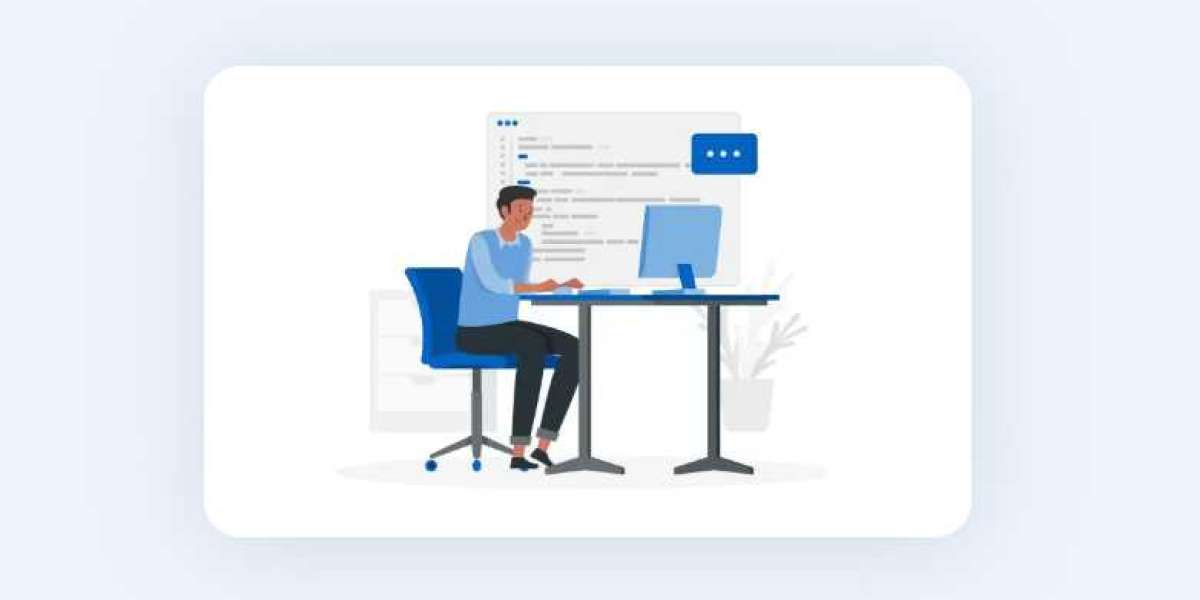In today’s digital age, hospitals and healthcare facilities heavily rely on technology to manage patient information, streamline operations, and improve care quality. Hospital Management Systems (HMS) have become essential tools to achieve these goals. However, with the increasing volume of sensitive patient data stored and processed electronically, data security and user access control have become critical components of any effective HMS.
Why Data Security in Hospital Management Systems Matters
Hospitals handle some of the most sensitive personal data — from patient medical histories to insurance details and billing information. Breaches in this data can lead to severe consequences including identity theft, financial loss, legal penalties, and damage to the hospital’s reputation.
According to healthcare regulations such as HIPAA (Health Insurance Portability and Accountability Act) in the U.S., protecting patient data confidentiality and integrity is not just best practice — it’s the law. Hospitals worldwide face increasing scrutiny from regulators demanding robust security mechanisms within their IT systems.
Thus, hospital management software development must prioritize integrating advanced security measures that safeguard against internal and external threats while maintaining usability for healthcare staff.
Core Data Security Features Every Hospital Management System Should Have
1. Data Encryption
One of the most fundamental security features is encryption. Data encryption ensures that patient information is transformed into unreadable code, which can only be decrypted with the correct key. HMS platforms should encrypt data both at rest (stored in databases) and in transit (moving across networks), preventing unauthorized interception and access.
2. Secure User Authentication
Strong authentication mechanisms verify the identity of users before they can access sensitive information. This often includes multi-factor authentication (MFA), which requires users to provide two or more verification factors such as passwords, biometric scans, or security tokens. The features of hospital management system must mandate secure login processes to reduce the risk of unauthorized access.
3. Role-Based Access Control (RBAC)
Hospitals have diverse staff members with varying responsibilities and data access needs. RBAC allows administrators to define roles (doctor, nurse, billing clerk, lab technician) and assign specific access permissions accordingly. This limits users to only the data and functions necessary for their role, minimizing the risk of accidental or intentional data misuse.
4. Audit Trails and Activity Logs
An effective HMS should maintain detailed audit logs recording user activities such as login times, data accessed, modifications made, and attempted security breaches. These logs help administrators monitor system usage, detect suspicious behavior, and provide evidence in case of investigations.
5. Data Backup and Recovery
Data loss can be catastrophic in healthcare. Regular automated backups stored securely enable hospitals to recover patient data quickly in the event of system failure, cyberattack, or natural disaster. The hospital software development company must implement backup solutions with off-site or cloud storage redundancy.
6. Secure APIs and Integration
Modern hospital systems often integrate with third-party applications such as laboratory information systems (LIS), electronic health records (EHR), and billing software. Ensuring that APIs and integration points are secure prevents vulnerabilities that can expose data to unauthorized parties.
User Access Control: The Pillar of Secure Hospital Systems
User access control is a subset of data security focused specifically on regulating who can access what data and system features within the HMS. It ensures that only authorized users perform certain actions, thus maintaining patient privacy and data integrity.
Key User Access Control Features
1. Granular Permission Settings
The system should allow administrators to assign permissions at a granular level—right down to specific data fields or modules. For example, a nurse might access patient vitals and medication schedules but not billing details. Such precise control prevents unnecessary exposure.
2. Temporary Access and Delegation
In healthcare, staff roles can be dynamic. The HMS should support temporary access for visiting consultants or emergency personnel, with automatic expiry after a set period. Delegation features allow role-based permissions to be temporarily transferred with proper tracking.
3. User Session Management
Limiting session duration and automatically logging users out after periods of inactivity help reduce security risks due to unattended devices. Additionally, restricting concurrent sessions can prevent account sharing or unauthorized logins.
4. Password Policies and Management
Strong password policies requiring complexity, expiration, and history prevent weak passwords that are easy targets for attackers. Integration with password management solutions or single sign-on (SSO) systems can further enhance security.
5. Biometric Access Control
Advanced HMS platforms incorporate biometric authentication methods such as fingerprint or facial recognition to add an extra layer of security. This is particularly useful in high-security areas or for accessing critical patient data.
Compliance and Regulatory Considerations
Hospitals operate under strict data privacy and security laws, including HIPAA, GDPR (General Data Protection Regulation), and others depending on jurisdiction. These laws mandate specific safeguards and reporting procedures for data breaches.
Hospital management system development must include built-in compliance features such as:
Encryption standards aligned with regulations
Automated breach notification workflows
Consent management and patient data rights
Data anonymization and pseudonymization capabilities
By embedding these features, an HMS not only protects data but also ensures the hospital can demonstrate compliance during audits.
The Role of Hospital Software Development Companies
Creating a secure and user-friendly hospital management system requires specialized expertise. A reliable hospital software development company understands the healthcare environment, compliance requirements, and modern security technologies.
Key responsibilities of such a company include:
Designing secure system architecture with layered defenses
Implementing robust authentication and authorization frameworks
Ensuring data encryption and secure communication protocols
Integrating audit trail and monitoring capabilities
Providing ongoing support and security updates
Partnering with an experienced vendor ensures the HMS stays resilient against evolving cyber threats and meets the unique needs of healthcare providers.
Emerging Trends in HMS Security
Artificial Intelligence (AI) for Threat Detection
AI-powered security analytics can identify unusual system behaviors in real-time, alerting administrators to potential breaches or insider threats faster than manual monitoring.
Blockchain for Data Integrity
Some innovative HMS solutions are exploring blockchain technology to create immutable audit trails, ensuring that patient data cannot be tampered with after entry.
Zero Trust Security Models
The Zero Trust approach assumes no user or device is automatically trustworthy, enforcing strict identity verification and least privilege access continuously throughout a session.
Conclusion
Protecting sensitive patient data and controlling user access are foundational to the success and trustworthiness of any hospital management system. Incorporating comprehensive data security and user access control features within an HMS is not optional — it’s a necessity.
Hospitals seeking to implement or upgrade their HMS should prioritize these security capabilities. They should also work closely with reputable hospital software development companies that specialize in healthcare security compliance and best practices.








